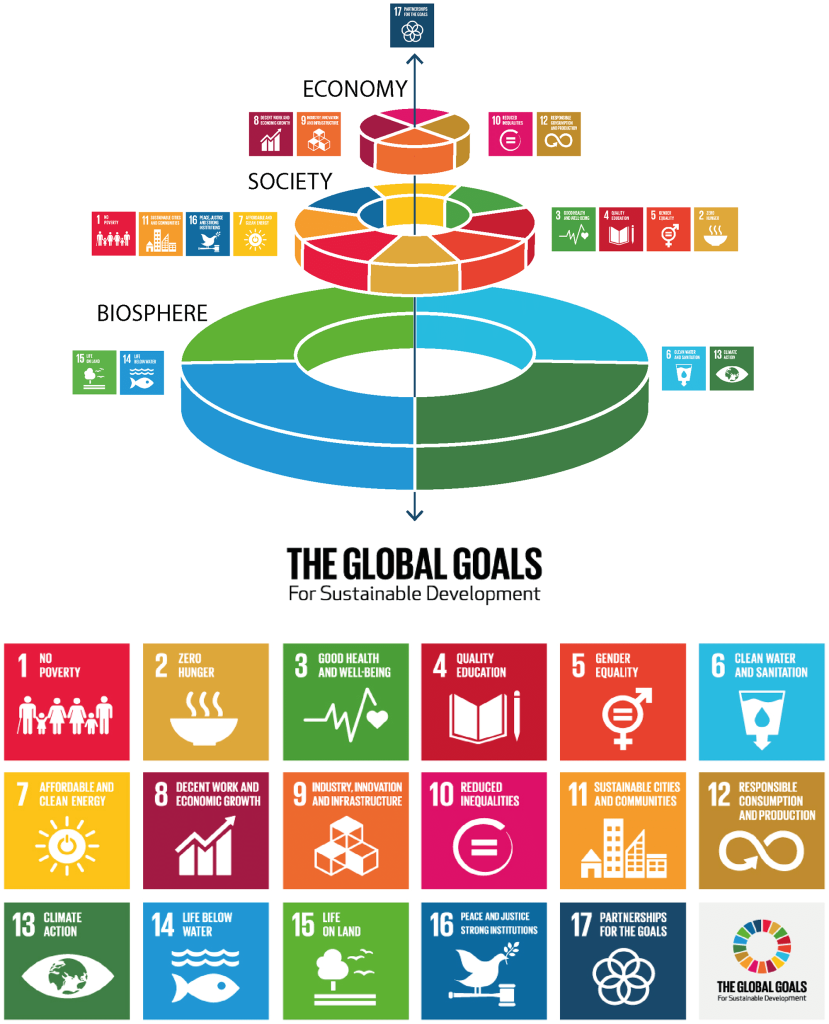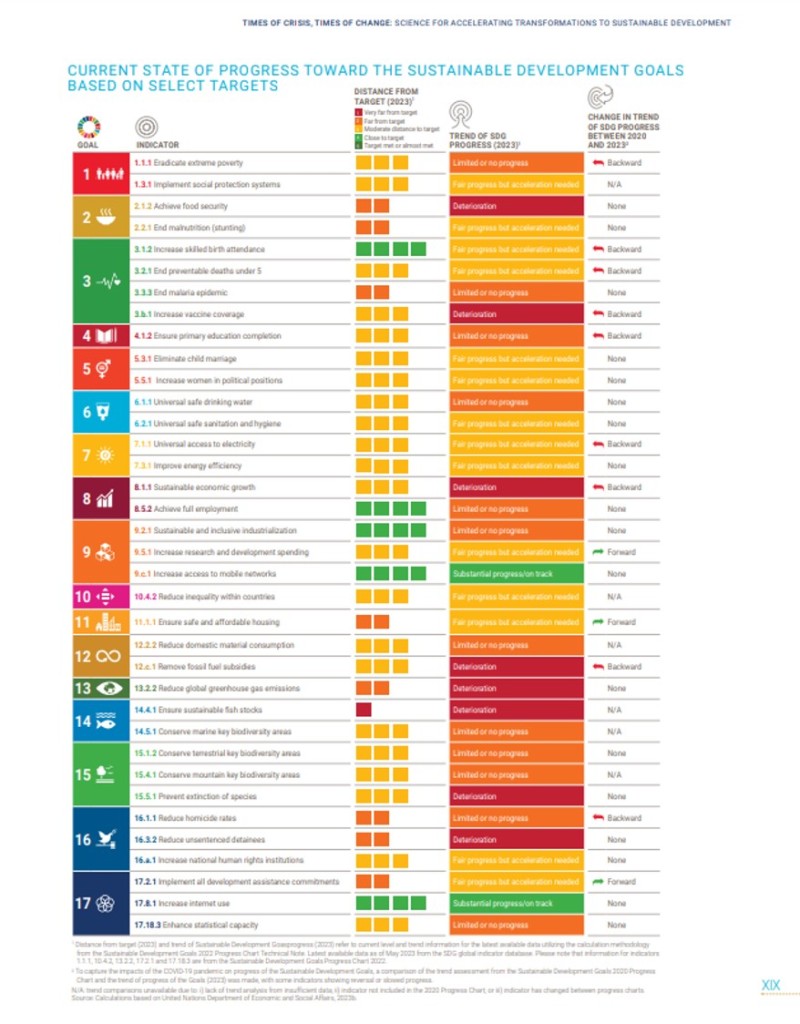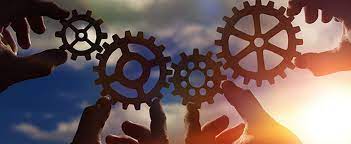– STRLDi POV ON SDG INTERRELATIONS & BLIND SPOTS
The 2030 Agenda for Sustainable Development (SDGs), also known as the Global Goals, was adopted by the United Nations in 2015 as a universal call to action to end poverty, protect the planet, and ensure that by 2030 all people enjoy peace and prosperity. At its heart are the 17 Sustainable Development Goals (SDGs), which are an urgent call for action by all countries – developed and developing – in a global partnership. They recognize that ending poverty and other deprivations must go hand-in-hand with strategies that improve health and education, reduce inequality, and spur economic growth – all while tackling climate change and working to preserve our oceans and forests.
Today, the Division for Sustainable Development Goals (DSDG) in the United Nations Department of Economic and Social Affairs (UNDESA) provides substantive support and capacity-building for the SDGs and their related thematic issues, including water, energy, climate, oceans, urbanization, transport, science and technology, the Global Sustainable Development Report (GSDR), partnerships and Small Island Developing States. DSDG plays a key role in the evaluation of the UN systemwide implementation of the 2030 Agenda and in advocacy and outreach activities relating to the SDGs. To make the 2030 Agenda a reality, broad ownership of the SDGs must translate into a strong commitment by all stakeholders to implement the global goals. DSDG aims to help facilitate this engagement.


Global Sustainable Development Report June 2023
Click here: https://sdgs.un.org/sites/default/files/2023-06/Advance%20unedited%20GSDR%2014June2023.pdf
Human – Nature Inter-relations
- SDG 13: Climate Action
- SDG 14: Life Below Water
- SDG 15: Life On Land
- SDG 6: Clean Water and Sanitation
- SDG 7: Affordable & Clean Energy
- SDG 11: Sustainable Cities and Communities
- SDG 3: Good Health and Well-Being
- THE BLIND SPOT:
THE LIVES OF THE WINDS, AIR, LAND AND SEA SURFACE TEMPERATURES
DOMINANT ARCHETYPES SEEKING REVERSAL: ToC
THE THRIVING OF COMMONS

Human-Economy Inter-relations

- SDG 12: Responsible Consumption and Production
- SDG 9: Industry, Innovation and Infrastructure
- SDG 8: Decent Work and Economic Growth
- SDG 1: No Poverty
- SDG 2: Zero Hunger
- BLIND SPOTS:
SHIFT FROM ENTREPRENEURSHIP TO DEVELOPING BUSINESSES AS ORGANISATIONS
STRIVING FULL EMPLOYMENT
SYNERGISTIC MATRIX-ED VALUE CHAINS FOR THE NATION, REGIONS & WITH THE WORLD
DOMINANT ARCHETYPES SEEKING REVERSAL: LtG & G&U
DETERMINING THE KEY SUCCESS LOOPS
Human – Governance Inter-relations
- SDG 17: Partnerships for the Goals
- SDG 16: Peace, Justice, and Strong Institutions
- THE BLIND SPOT:
SYNERGISTIC RELATIONSHIPS WITH NATIONS / GLOBAL SECTORS THE WORLD
DOMINANT ARCHETYPES SEEKING REVERSAL: DG, FtB, StB
TAKING THE LONG VIEW – SEEING THE FOREST AND THE TREES

Human – People Inter-relations

- SDG 4: Quality Education
- SDG 5: Gender Equality
- SDG 10: Reduced Inequalities
- BLIND SPOTS:
SYNERGY OF CORE INTACT FAMILIES (BIOLOGICAL PARENTS),
SYNERGY OF COMMUNITIES WITH THE WORLD / QUALITY OF RELATIONSHIP AS CITIZENRY OF THE GLOBE
DOMINANT ARCHETYPES SEEKING REVERSAL: Esc, StS, BL and AA
THE SUCCESS OF “US” DETERMINES THE SUCCESS OF “ME”.

What People Say
“
It’s surprisingly straightforward, and it’s a bit mind-boggling that we haven’t grasped this concept sooner. It’s not as complex as it may seem.”.
“I love that it is based on data and is visual for all to see and under-stand in the same way. Few Systems Thinkers would use data to back up their works.”